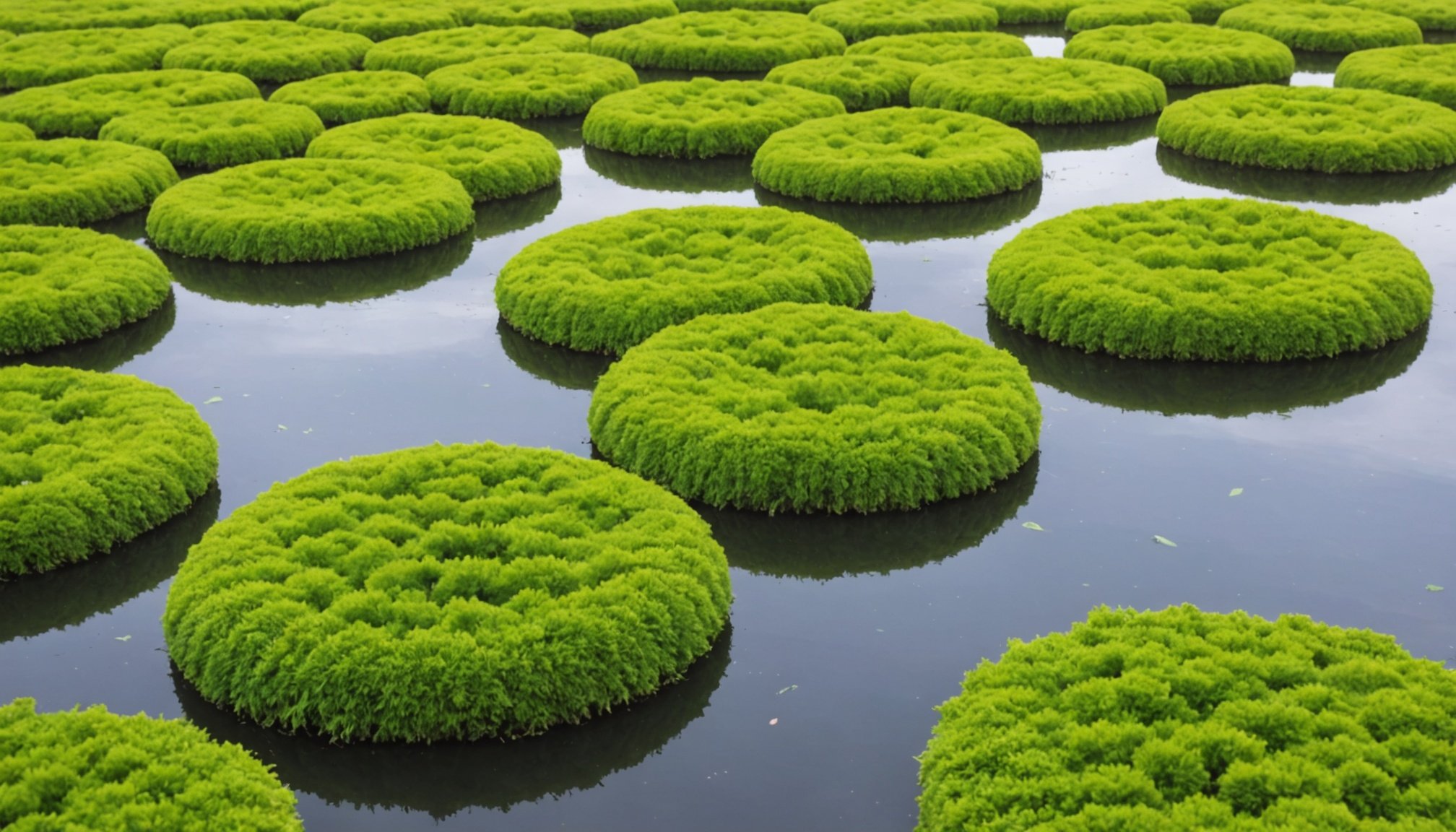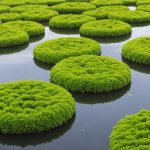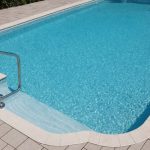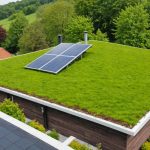Understanding Algae and Mold Growth
In the humid climates like those found in the UK, algae growth and mold development are common concerns. Both thrive in environments that are consistently moist, which provides the perfect breeding ground for these organisms.
Climate Influence on Growth
The combination of temperature and moisture levels plays a crucial role in facilitating algae growth and mold development. Warm temperatures combined with high humidity create an ideal setting for these organisms to establish and expand. This is particularly problematic in places such as bathrooms and kitchens, where steam and condensation are prevalent.
A lire également : Top Non-Slip Surfaces for Safe and Stylish UK Home Swimming Pool Decks
Health Implications
Excessive indoor mold development can pose significant health risks, especially for individuals with respiratory issues or weakened immune systems. Prolonged exposure to mold can lead to symptoms such as coughing, wheezing, and even asthma attacks. For algae, while it is less harmful indoors, it can still contribute to an unsightly living environment and potentially cause slippery surfaces if left untreated.
Preventive Measures
To mitigate the risks posed by algae and mold, it is important to maintain proper ventilation within your home, reduce excess moisture through dehumidifiers, and regularly clean areas prone to mold development. Taking these proactive measures can help prevent the establishment and spread of these unwelcome guests.
A voir aussi : Expert Guide: Detecting and Fixing Swimming Pool Leaks in Your UK Home
Preventive Measures Against Algae and Mold
Preventing algae and mold in your home starts with effective moisture management. Controlling indoor humidity levels is crucial, as excessive moisture creates a welcoming environment for these unwelcome growths. Maintaining humidity levels below 50% is advisable to impede the spread of mold.
Ventilation techniques play a vital role in prevention. Ensuring proper air circulation in bathrooms and kitchens is essential, as these areas are prone to high moisture levels due to water usage. Employing exhaust fans during and after showers or cooking can significantly reduce humidity. Additionally, opening windows periodically allows fresh air to enter, further promoting healthy ventilation.
The placement and use of dehumidifiers can be another effective strategy. Placing them in areas with limited airflow or in rooms with high humidity can effectively reduce moisture. Consider using a dehumidifier in basements or other poorly ventilated spaces where mold is likely to thrive.
Environmental management extends beyond these strategies. Regular cleaning and removing any visible water or dampness promptly contribute to mould prevention. Be particularly vigilant in attics, basements, and behind large furniture, as these spots can harbour hidden moisture.
Implementing these prevention strategies helps create a healthier, mould-free home environment.
Cleaning and Maintenance Strategies
Understanding efficient cleaning methods and maintenance tips is crucial for maintaining a mold-free environment. This section will explore both natural solutions and professional services, as well as regular maintenance practices to ensure long-term effectiveness.
Natural Cleaning Solutions
For those considering natural remedies, a combination of vinegar and baking soda is highly effective in removing mold. Vinegar is known for its acidic properties that can kill around 82% of mold species, while baking soda absorbs moisture. Essential oils, such as tea tree and peppermint, are popular for their anti-fungal properties and pleasant scents, making them excellent for mold prevention.
When deciding between homemade sprays and commercial products, it’s worth noting that homemade solutions can be just as effective if used regularly and correctly. However, commercial products often contain stronger chemicals providing rapid action for severe mold issues.
Professional Cleaning Services
Professional services are wise to consider when mold problems become extensive or return frequently. Specialists employ advanced techniques and equipment for thorough mold removal. Costs vary depending on the extent of the infestation but expect comprehensive assessments and treatments. The benefit of hiring experts lies in their ability to pinpoint and tackle hidden mold that one might overlook.
Regular Maintenance Practices
Routine home inspections are vital for early detection and mold prevention. Conduct seasonal checks focusing on vulnerable areas like basements and bathrooms. Addressing leaks and water damage promptly is crucial to stopping mold proliferation before it starts.
Recommended Products for Algae and Mold Control
The fight against algae and mold demands effective solutions, and understanding the available products is crucial.
Popular Commercial Solutions
Algaecides and mold removers dominate the market, providing varied methods of control. Traditional chemicals like chlorine-based products offer quick results, often being potent enough to eliminate visible growth within hours. However, they may come with significant environmental impact and health concerns.
Eco-Friendly Solutions
Shifting towards eco-friendly solutions can be beneficial, especially for those conscious of environmental health. Products containing natural enzymes and plant-based compounds are less harsh, reducing adverse effects on both the ecosystem and human health. For instance, bio-based algaecides effectively target reproducing algae while preserving aquatic life.
Recommendations
For long-lasting results, consider combining preventive sprays with treatment methods. Preventive solutions, such as natural barrier sprays, create an unfavourable surface for mold and algae to thrive. Implement them after an initial treatment to maintain clean surfaces. Mold removers, especially those designed for indoor use, are crucial for home applications where air quality is a priority.
Consumers are encouraged to weigh the benefits and drawbacks of both traditional and eco-friendly solutions. By understanding the specific needs of your environment, you can make informed decisions that harmonize with both your health and ecological considerations.
Understanding Seasonal Considerations
Seasonal changes have a significant impact on many aspects of daily life, including how we handle and prevent issues like mold growth. When it comes to humidity fluctuation, spring and autumn pose unique challenges. In spring, rising temperatures and increased rainfall create a fertile environment for mold. As humidity levels climb, the need for stringent preventive measures becomes apparent. Conversely, in autumn, falling temperatures coupled with dampness can spur mold development in poorly ventilated areas.
Strategies must be tailored for these conditions. In spring, ensure consistent ventilation by opening windows frequently and using dehumidifiers when necessary. During autumn, sealing windows and doors properly can prevent the ingress of moist air. Regular inspections for water leaks in roofs and walls are also necessary.
Preparing for winter presents distinct climate impacts, especially in terms of moisture issues and thaw cycles. The cold season can trap moisture, leading to mold growth in less heated spaces. Additionally, the thawing and refreezing cycle can lead to ice dams, causing water seepage. To combat this, it’s crucial to maintain ideal indoor temperatures and ensure proper insulation. Regular gutter maintenance is essential to direct meltwater away from your home, reducing the risk of moisture-related problems.
Case Studies and Real-life Applications
Mold prevention in homes has resulted in numerous success stories, illustrating practical and effective measures in diverse environments. In particular, homeowners have found real-world solutions by implementing thorough ventilation systems, adopting moisture control practices, and using mold-resistant materials. These strategies have not only improved indoor air quality but also minimized health risks associated with mold exposure.
Community initiatives have played a pivotal role in combating algae growth in shared spaces. One practical example includes coastal regions where communities have collaborated to plant more greenery along shorelines. This naturally filters nutrients that contribute to algae proliferation, thereby reducing the problem significantly. Success stories from these initiatives highlight the importance of collective effort and knowledge-sharing.
In the UK, local regulations have had a profound impact on mold control efforts. For instance, building codes have been revised to encourage using materials and designs that deter mold formation. This regulatory approach has led to enhanced resilience in newly constructed homes and retrofit projects. Compliance with such regulations not only ensures success in mold prevention but also fosters healthier living environments, setting a standard for others to follow. This intersection of practical examples and regulations exemplifies a real-world solution for mold issues.
Additional Resources for Further Learning
Diving deeper into mold prevention and management can be significantly enhanced by exploring various educational materials and tapping into expert guidance. To stay updated, consider starting with a list of reputable websites and organizations dedicated to mold resources. The Environmental Protection Agency (EPA) provides valuable insights into mold prevention strategies and health implications.
For a more comprehensive understanding, books and articles authored by industry experts are indispensable. “Mold: A Comprehensive Guide” and “My House is Killing Me!” are highly recommended reads that delve into the complexities of mold and its impact on health and property.
Engagement with community support can also be an invaluable resource. Local support groups and community workshops offer hands-on experiences and allow individuals to learn from peer interactions. Workshops frequently cover topics such as identifying mold-prone areas and effective preventative measures tailored to specific environments.
Online forums dedicated to home maintenance and mold issues foster a community of shared experiences and solutions. Participating in these can expand one’s network and knowledge base, making the challenge of addressing mold more manageable. Remember, education and involvement in these networks not only improve individual understanding but empower communities to take proactive measures in maintaining a healthy living environment.











